The enduring appeal of Peter Rabbit
Beatrix Potter's most famous creation, Peter Rabbit, remains as popular as ever, despite his genesis being well over a century ago. Jack Watkins investigates the enduring appeal of one of the naughtiest rabbits in children's literature.
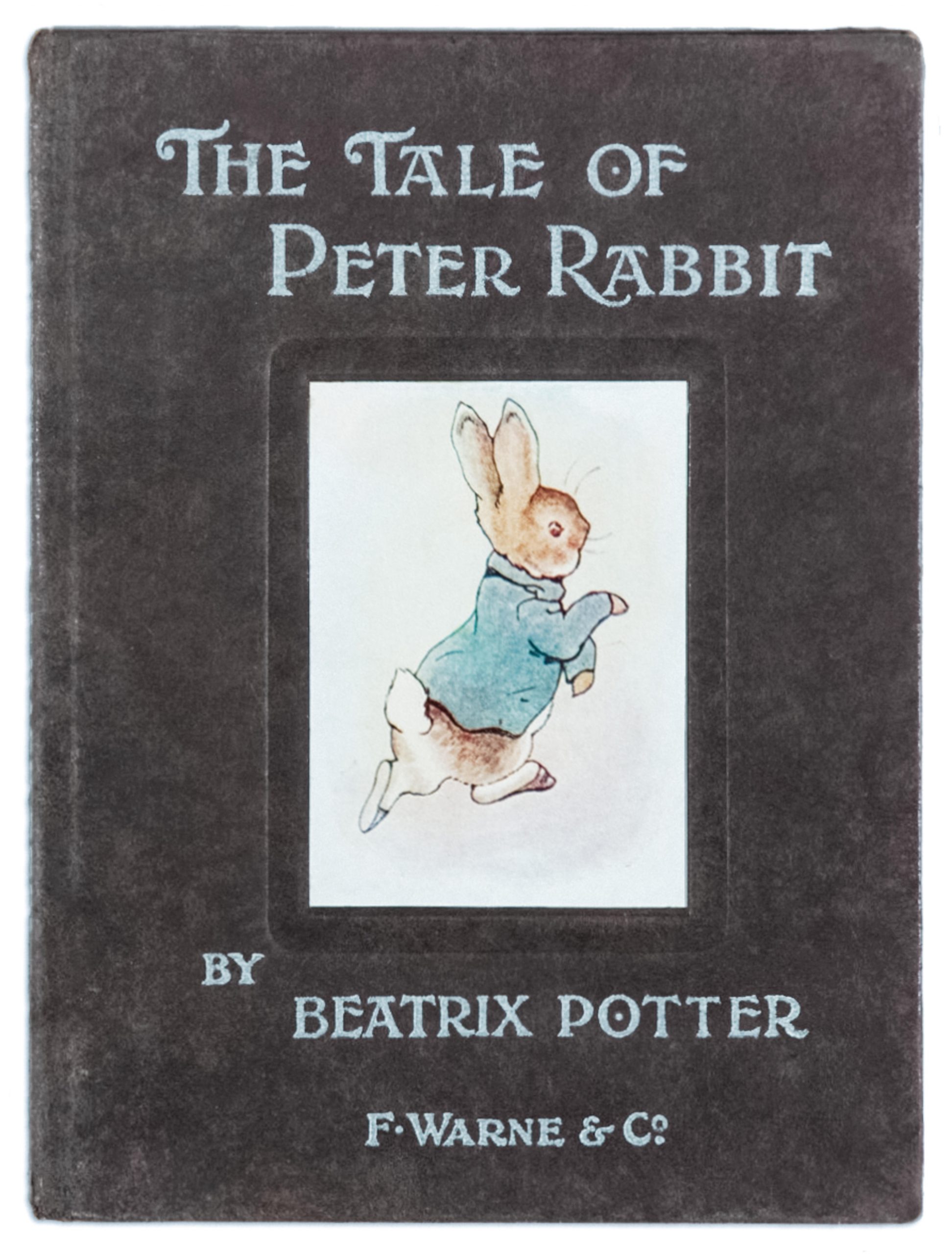

‘I don’t know what to write to you, so I shall tell you a story about four little rabbits, whose names were Flopsy, Mopsy, Cottontail, and Peter,’ wrote Beatrix Potter in 1893, in a letter to a little boy, the five-year-old son of her former governess, who was suffering from scarlet fever.
A decade later, these lines, only slightly adjusted, formed the opening to what has become one of the bestselling, most fondly remembered books in children’s literature.
Like many authors of stories aimed at infants, Potter (1866–1943) was not a writer by profession. Her chief enthusiasm was natural history. Childhood family holidays in Perthshire and, later, the Lake District had given her the freedom to experience the natural world at first hand, and at the Natural History Museum in London, not far from her home in Kensington, she had made meticulous studies of plants and animals, often with the use of a microscope. Allied to an imagination that delighted in traditional fairy stories, it was this background that gave Peter Rabbit and Potter’s subsequent animal tales their peculiar atmosphere of believable wonder.
Aimed at the very young, with minimal text, the book is clearly not fine literature in the way of Kenneth Grahame’s The Wind in the Willows. Yet, as in the latter, much thanks to Potter’s illustrations, the humanised rabbits seem to exist in a recognisably real place. As Potter once admitted, the ‘careful botanical studies of my youth’ informed the ‘reality’ of her fantasy drawings.
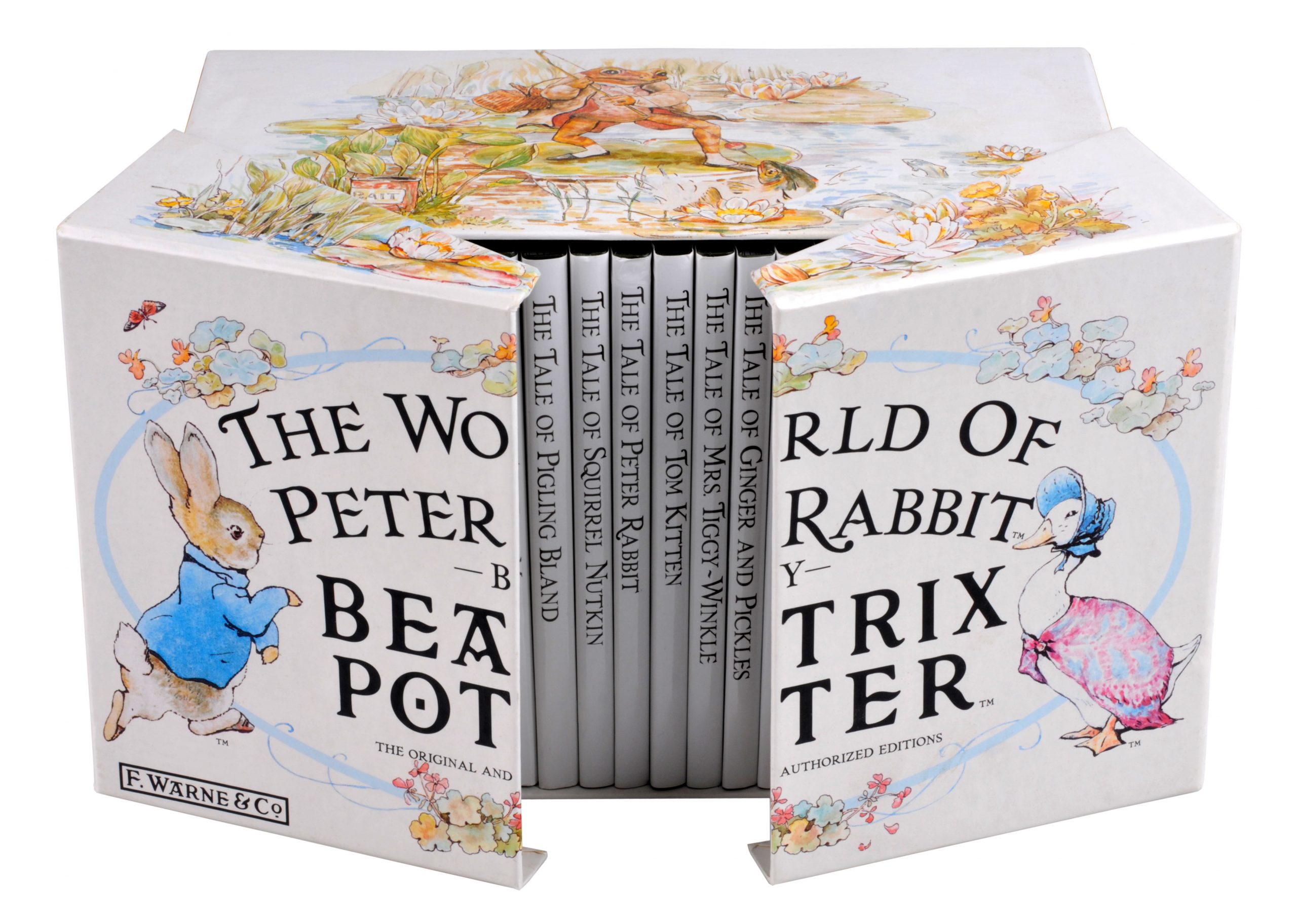
Although subsequent stories such as The Tale of Benjamin Bunny would contain more strikingly detailed illustrations, Peter Rabbit has enchanting pictures of its impudent hero, in the vegetable patch chomping away at radishes or leaping off the wall and upsetting pots of geraniums. The image of Peter planning his escape from the garden as he watches his nemesis Mr McGregor hoeing his onions conveys a feeling of tension and adventure deeply appealing to the child in all of us.
Those of old Mrs Rabbit, however, in her red shawl and bonnet, walking through the wood to visit the baker’s shop or busy in the rabbits’ home, ‘in a sandbank, underneath the root of a very big fir-tree’, are cosy and comforting. Potter’s love of all animals is reflected in the many other creatures that populate the pictures, including robins, sparrows and starlings, a mouse, goldfish and a statuesque white cat.
The Tale of Peter Rabbit was first published by Frederick Warne in 1902, but only after it had been rejected by six publishers including, initially, Warne. Potter was determined that the book should be small enough to fit into a child’s hands and inexpensive (with black-and-white illustrations), whereas Warne wanted something bigger, with colour pictures. Only after Potter had the book privately published did Warne come back with an offer to take it on, as long as the text was trimmed back and accompanied by colour illustrations.
Sign up for the Country Life Newsletter
Exquisite houses, the beauty of Nature, and how to get the most from your life, straight to your inbox.
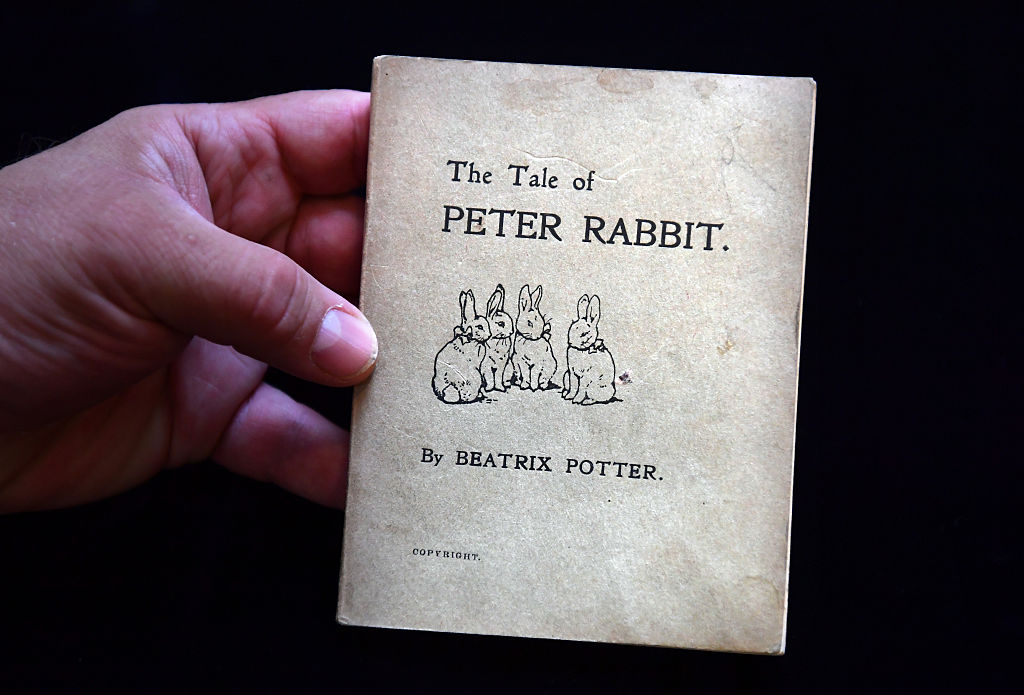
It was an immediate success, much to Potter’s surprise. ‘The public must be fond of rabbits! What an appalling quantity of Peter,’ she said. It has sold 40 million copies worldwide.
Once again basing her stories on illustrated letters she had written to infants, she quickly followed up with The Tale of Squirrel Nutkin and The Tailor of Gloucester in 1903, and produced a further 20 more in the series up to The Tale of Little Pig Robinson in 1930.
One of the author’s privately printed editions of Peter Rabbit carried an inscription in which Potter described his disposition as ‘uniformly amiable and his temper unfailingly sweet. An affectionate companion and a quiet friend’. Which is why, together with its knowing, 21st-century humour, a CGI-animated film of the book in 2018 seemed so jarring.
However, indignation should be tempered; Potter had an entrepreneurial side and she knew there were opportunities for spin-offs. She registered a Peter Rabbit doll in 1903 and there were licensed wallpapers, board games and painting books.
The original tales, under the Warne imprint, are still available today, and two million Potter books are sold across the world each year.

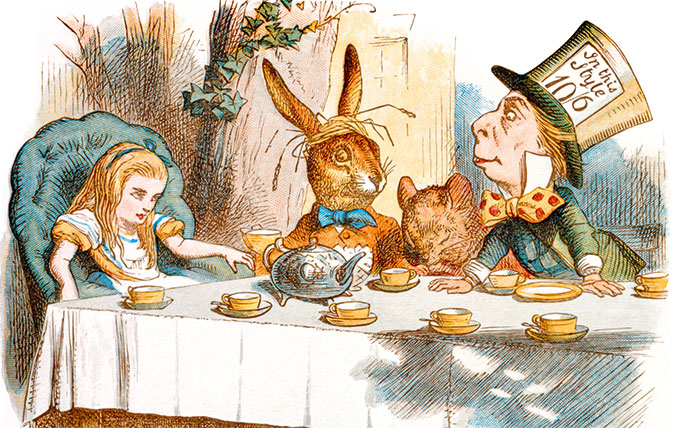
Credit: Alamy / Sir John Tenniel
10 of the greatest children's book illustrators, from EH Shepard to Quentin Blake
Matthew Dennison pays tribute to artists who painted our collective childhoods.
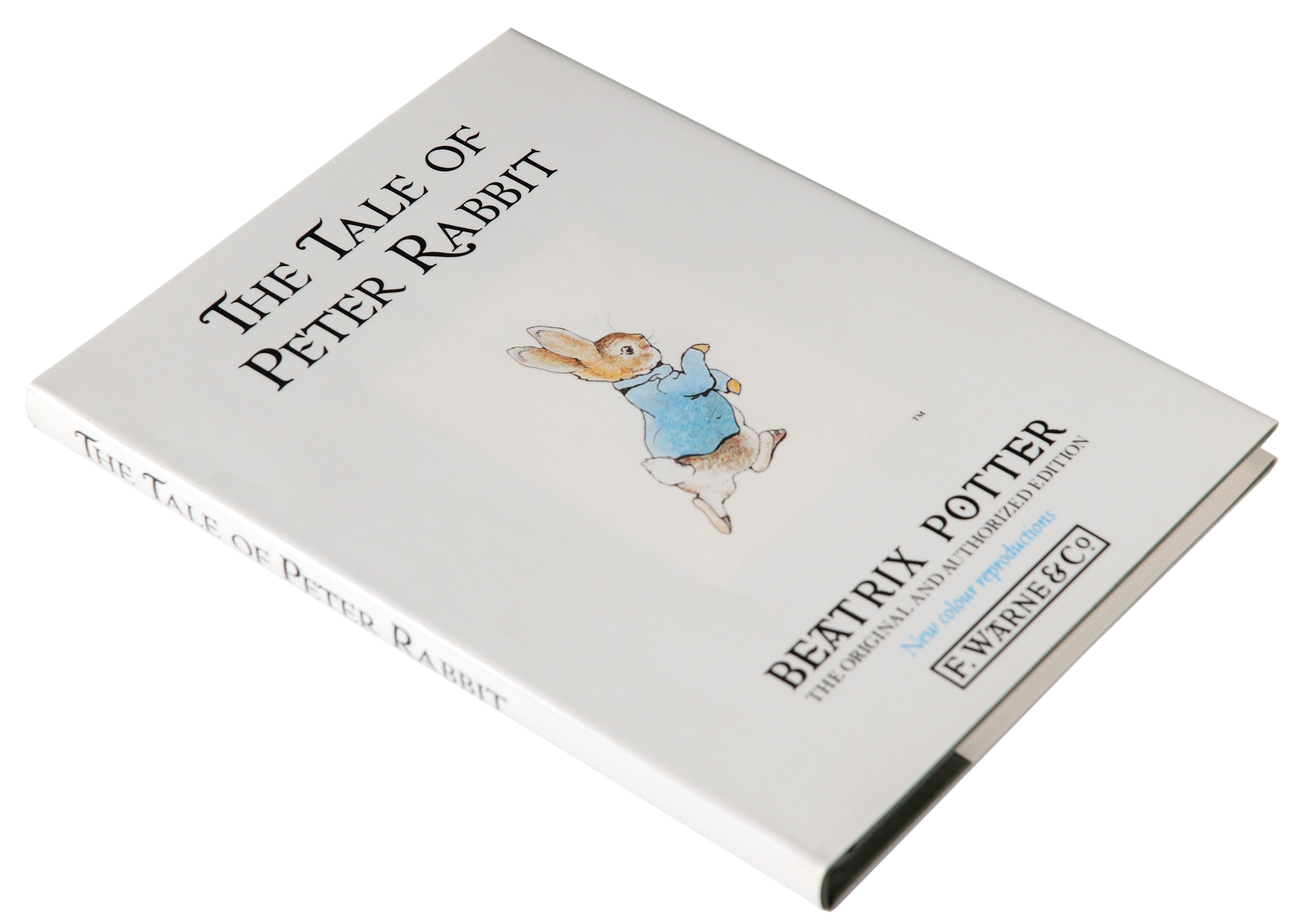
The greatest children's books that hit the spot for young and old, as chosen by Alan Titchmarsh, Jilly Cooper, Ian Rankin and more
Children’s books offer an escape from reality that can last well into adulthood. Here's our pick of the very best.
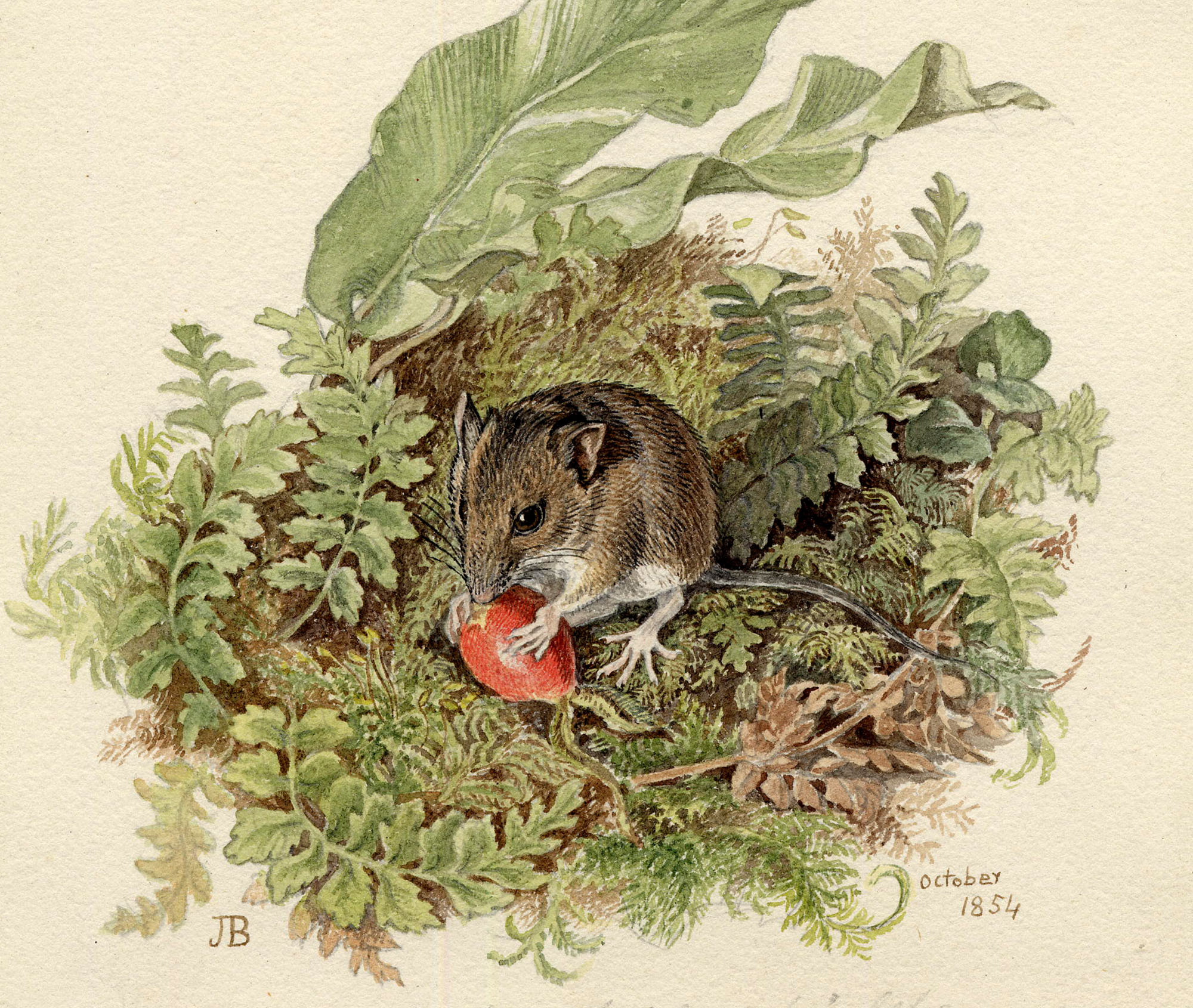
In Focus: Jemima Blackburn, the extraordinary artist of nature who became the real-life Jemima Puddle-Duck
Once regarded as a rival to Bewick and Audubon, but now largely forgotten, ornithological artist Jemima Blackburn (1823–1909) was a
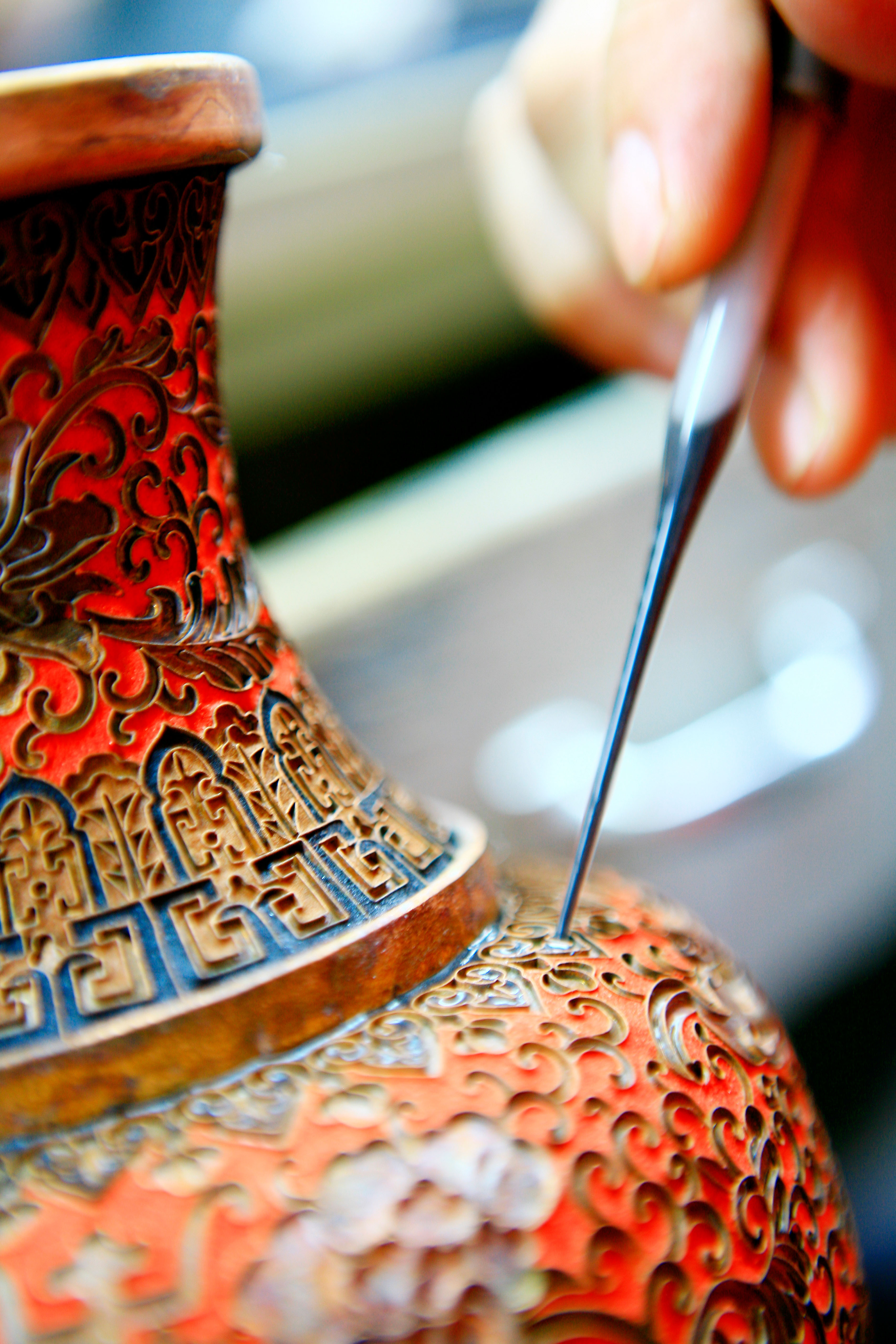
In Focus: The fine art of cloisonné, the 'appealingly blingy' meeting point of art and metalwork
Flamboyant and colourful, the best examples of cloisonné render flowers, fruits and dragons in a rainbow of multi-hued enamel on
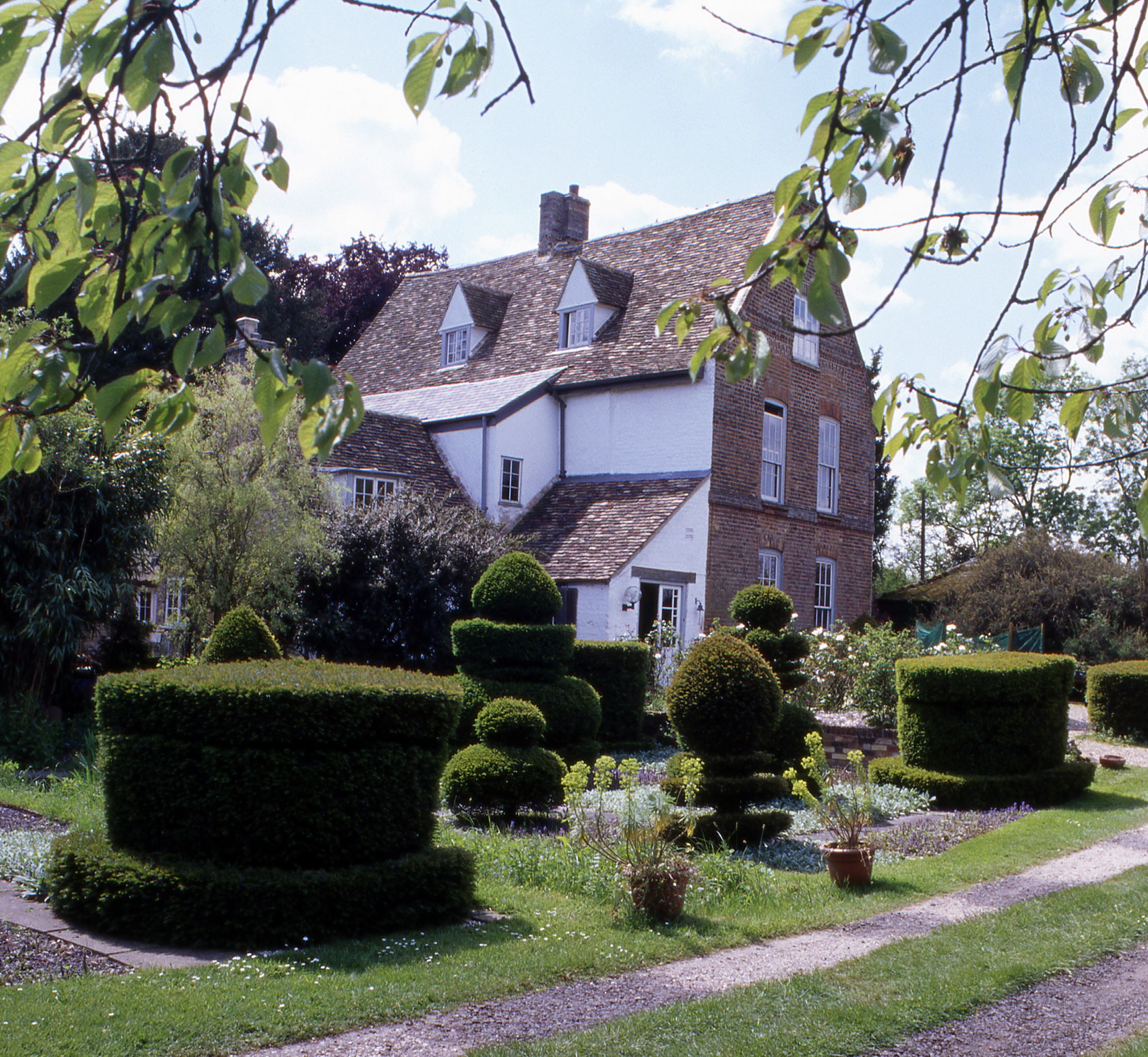
How the great children's literature of the 19th century inspired some of the great domestic architecture of the 20th
From the cheery cosiness of Badger's home in 'Wind in the Willows' to the magic of 'Tom's Midnight Garden', the
Somerset born, Sussex raised, with a view of the South Downs from his bedroom window, Jack's first freelance article was on the ailing West Pier for The Telegraph. It's been downhill ever since. Never seen without the Racing Post (print version, thank you), he's written for The Independent and The Guardian, as well as for the farming press. He's also your man if you need a line on Bill Haley, vintage rock and soul, ghosts or Lost London.
-
 Some of the finest landscapes in the North of England with a 12-bedroom home attached
Some of the finest landscapes in the North of England with a 12-bedroom home attachedUpper House in Derbyshire shows why the Kinder landscape was worth fighting for.
By James Fisher
-
 The Great Gatsby, pugs and the Mitford sisters: Country Life Quiz of the Day, April 16, 2025
The Great Gatsby, pugs and the Mitford sisters: Country Life Quiz of the Day, April 16, 2025Wednesday's quiz tests your knowledge on literature, National Parks and weird body parts.
By Rosie Paterson
-
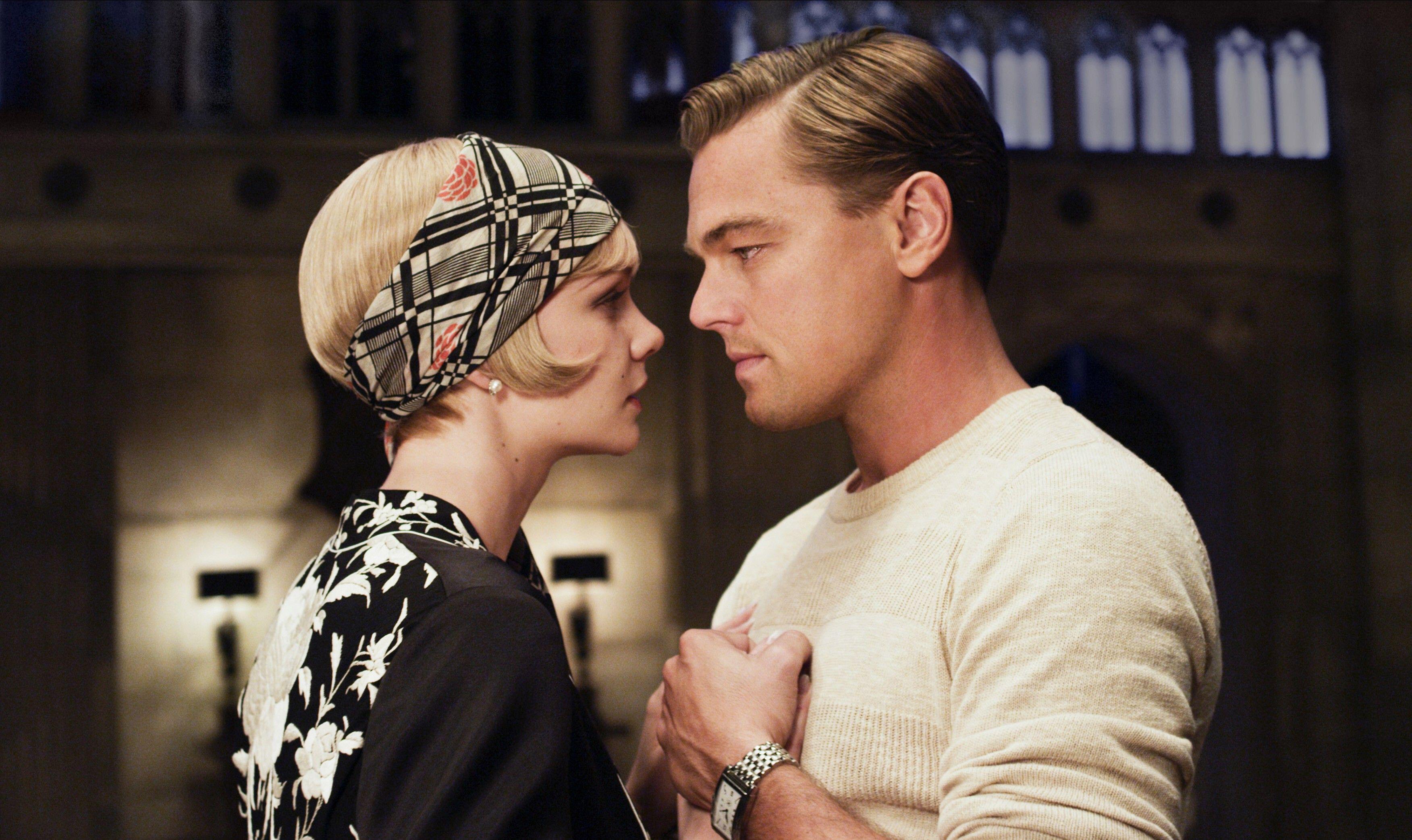 The five minute guide to 'The Great Gatsby', a century on from its publication
The five minute guide to 'The Great Gatsby', a century on from its publication'The Great Gatsby' sold poorly the year it was published, but, in the following century, it went on to become a cornerstone of world literature.
By Carla Passino
-
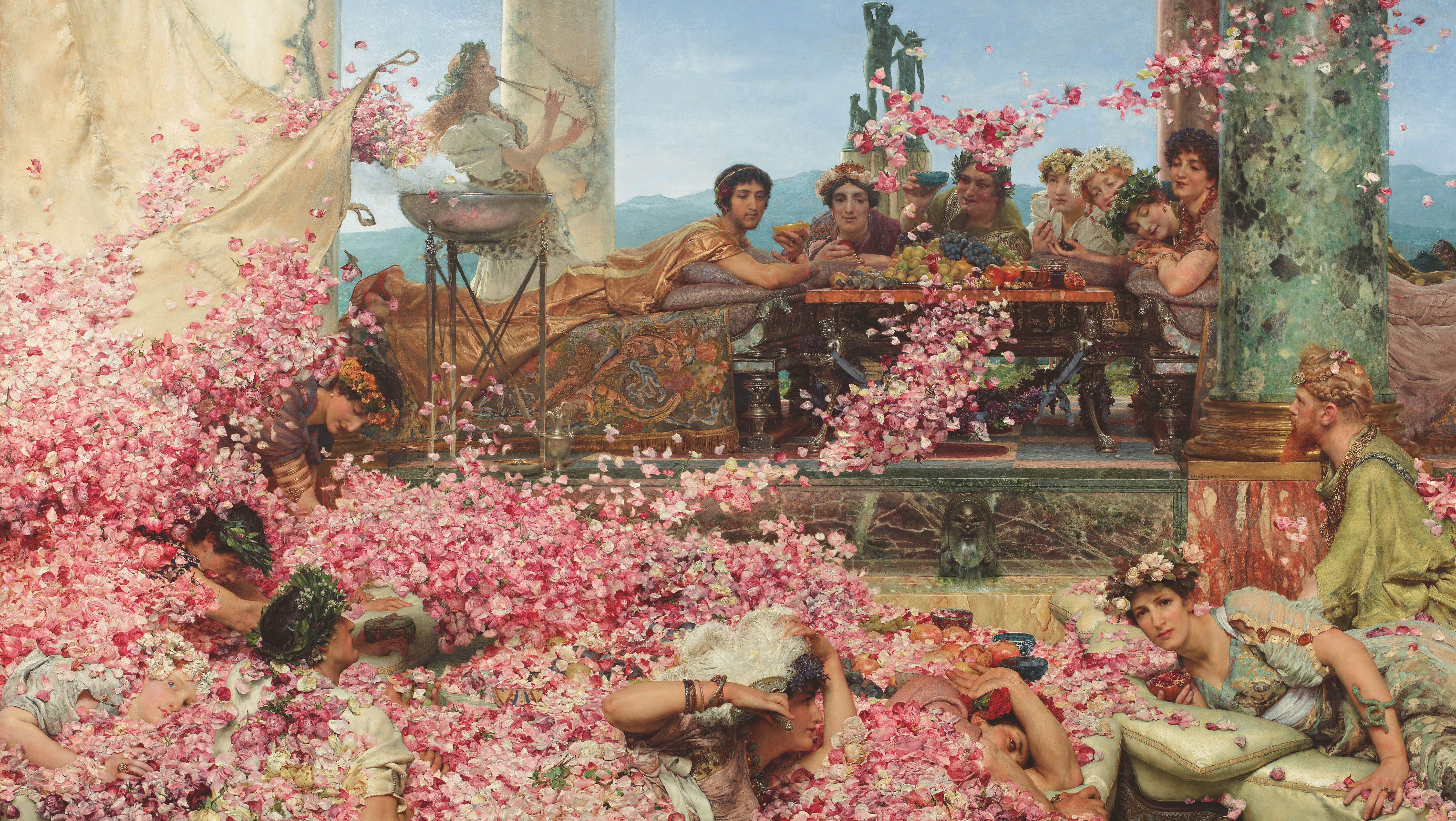 Love, sex and death: Our near-universal obsession with the rose
Love, sex and death: Our near-universal obsession with the roseNo flower is more entwined with myth, religion, politics and the human form than the humble rose — and now there's a new coffee table book celebrating them in all of their glory.
By Amy de la Haye
-
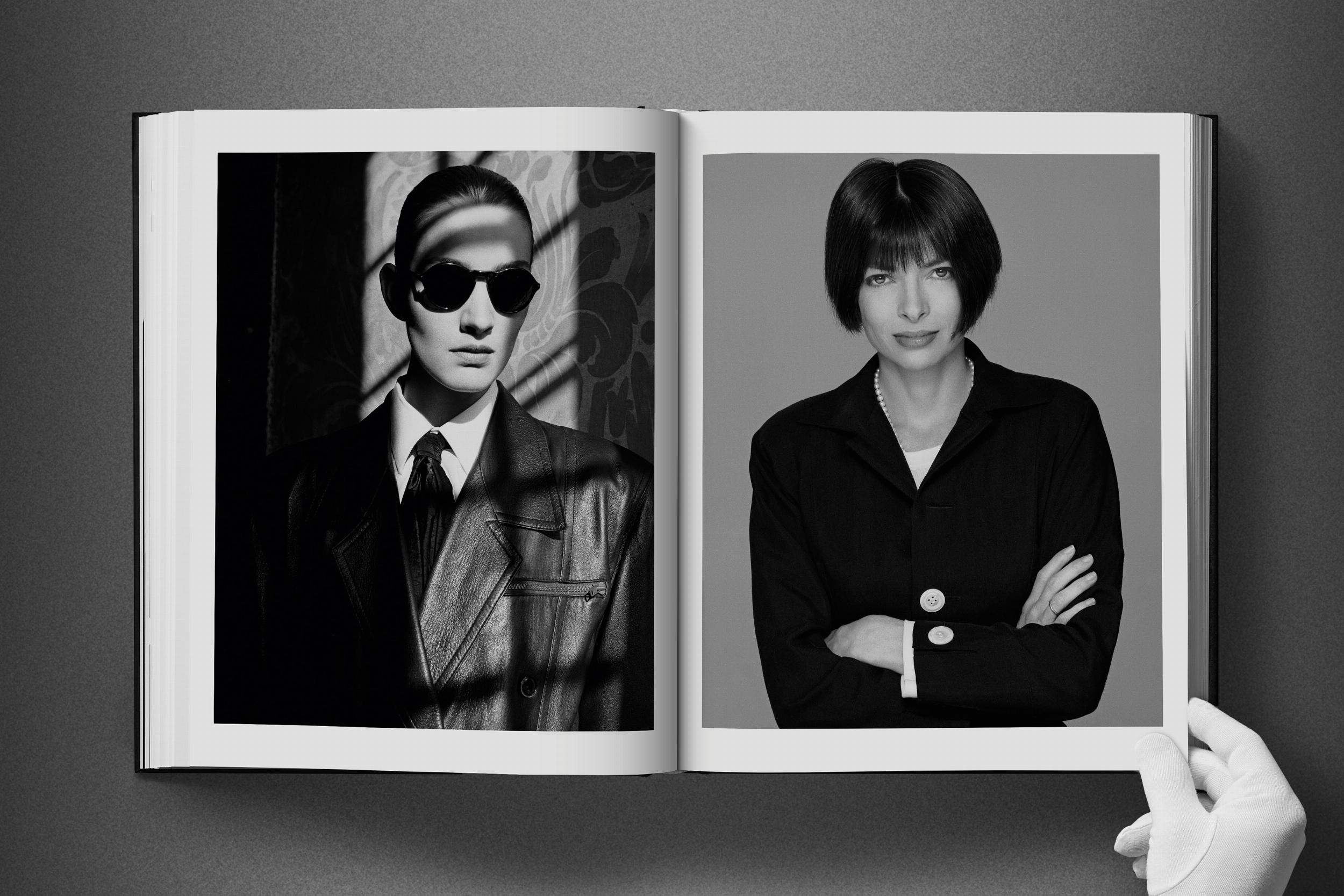 When London was beginning to establish itself as modern cultural powerhouse: The 1980s according to David Bailey
When London was beginning to establish itself as modern cultural powerhouse: The 1980s according to David BaileyIn his new book ‘Eighties Bailey’, ‘era-defining’ photographer David Bailey explores a time when London and the UK were at the centre of the fashion, art and publishing worlds.
By Richard MacKichan
-
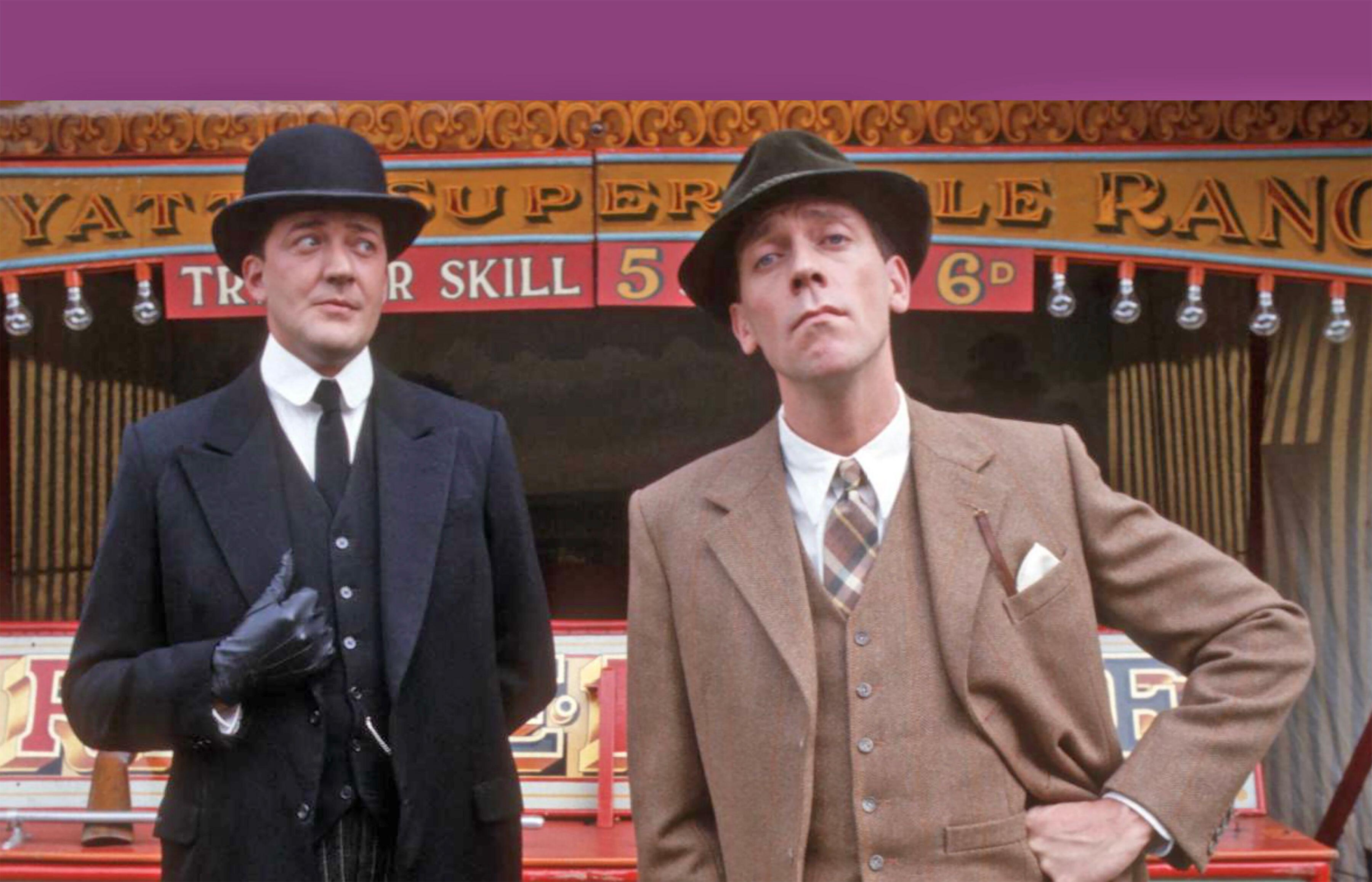 The life and times of P. G. Wodehouse, 50 years on from his death
The life and times of P. G. Wodehouse, 50 years on from his deathBertie Wooster, Jeeves, Lord Emsworth and the Blandings Castle set: P. G. Wodehouse’s creations made him one of the most widely read humorists of the 20th century, but he was denounced as a traitor and a Nazi.
By Roderick Easdale
-
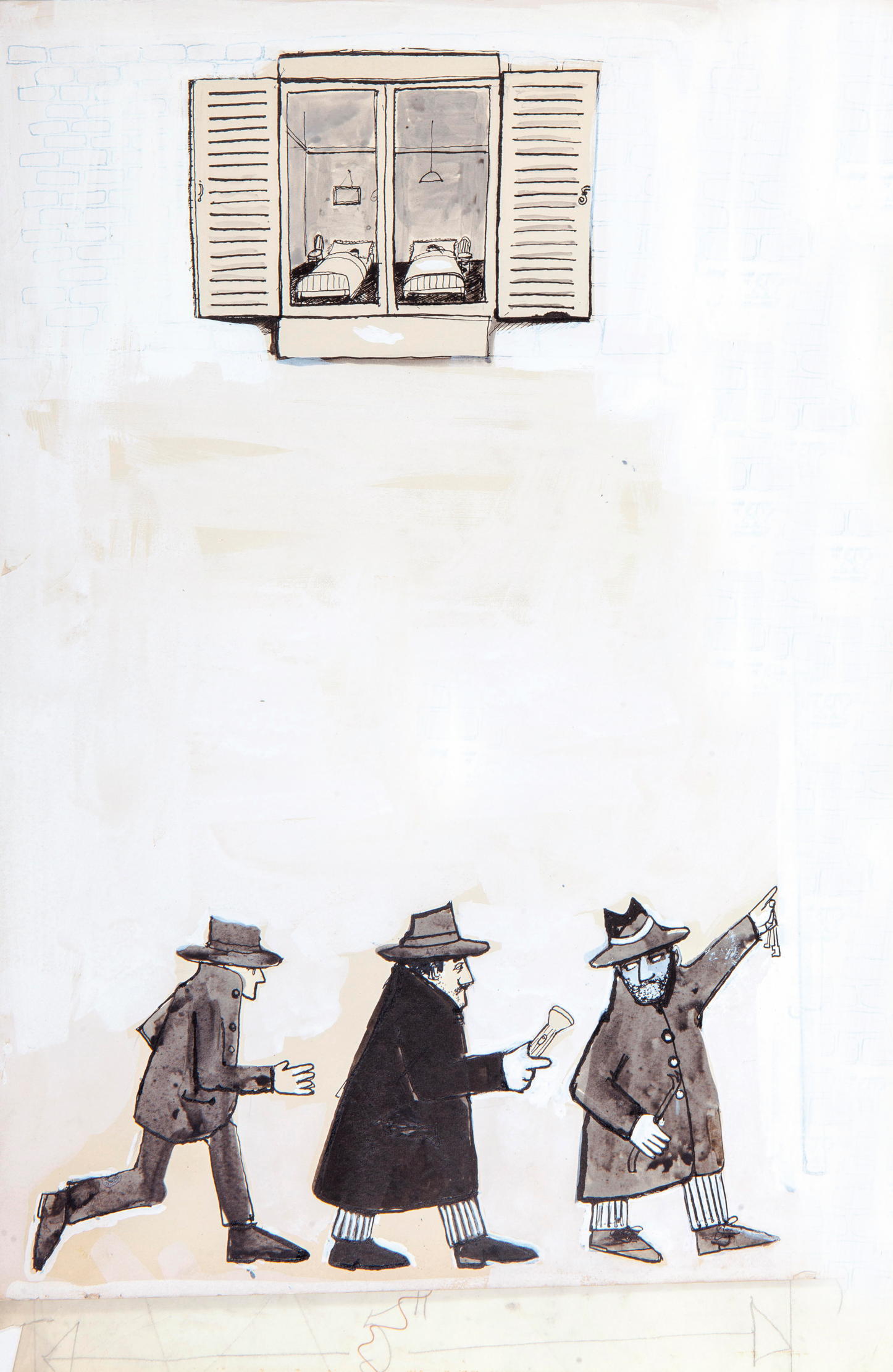 The story of how 007 creator Ian Fleming came to write Chitty-Chitty-Bang-Bang
The story of how 007 creator Ian Fleming came to write Chitty-Chitty-Bang-BangChitty-Chitty-Bang-Bang, our fine four-fendered friend, turns 60 on October 22nd. Mary Miers relives the adventures of the magical flying car and reveals the little-known story of its creation by Ian Fleming, as the writer turned his attention from the world of 007 to a children's tale.
By Mary Miers
-
 Christmas gifts for children that don't need screens or take batteries
Christmas gifts for children that don't need screens or take batteriesDon't just pick up the latest plastic toys with lights and noises – take a look at these gifts which kids will love just as much as you do.
By Country Life
-
 In Focus: T.S. Eliot's The Waste Land, the poem of broken modern civilisation that seems more apt than ever
In Focus: T.S. Eliot's The Waste Land, the poem of broken modern civilisation that seems more apt than everOn the 100th anniversary of its publication, Julie Harding asks why T. S. Eliot’s great poem The Waste Land, with its devastating vision of a broken modern civilisation, still resonates so strongly today.
By Julie Harding
-
 In Focus: The enduring beauty of Thomas Gray's Elegy Written In A Country Churchyard
In Focus: The enduring beauty of Thomas Gray's Elegy Written In A Country ChurchyardJack Watkins considers the timeless brilliance of Thomas Gray's 'Elegy Written in a Country Churchyard.'
By Jack Watkins